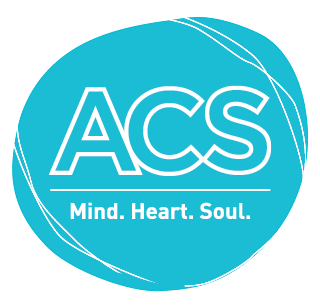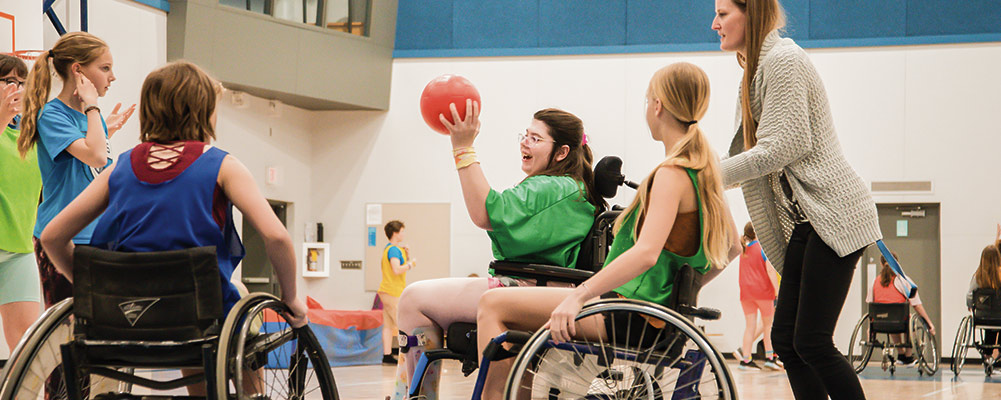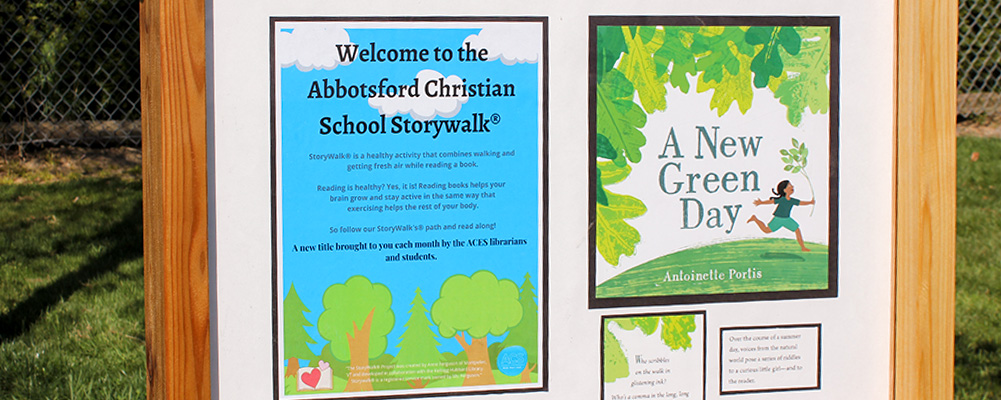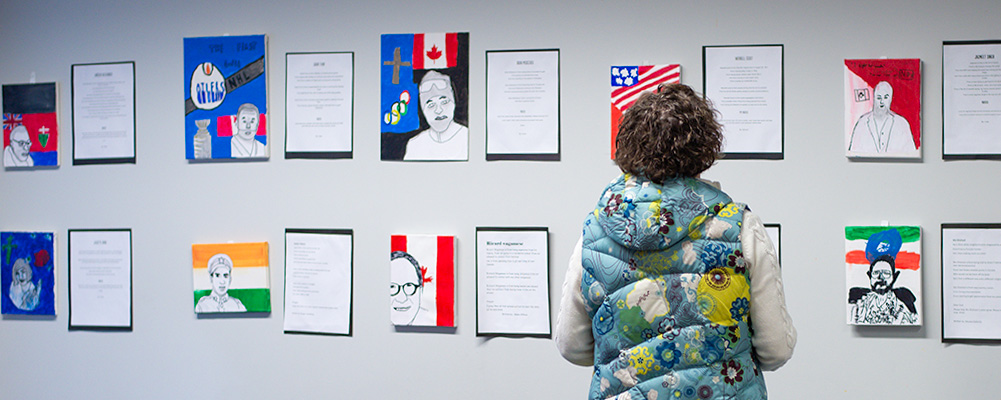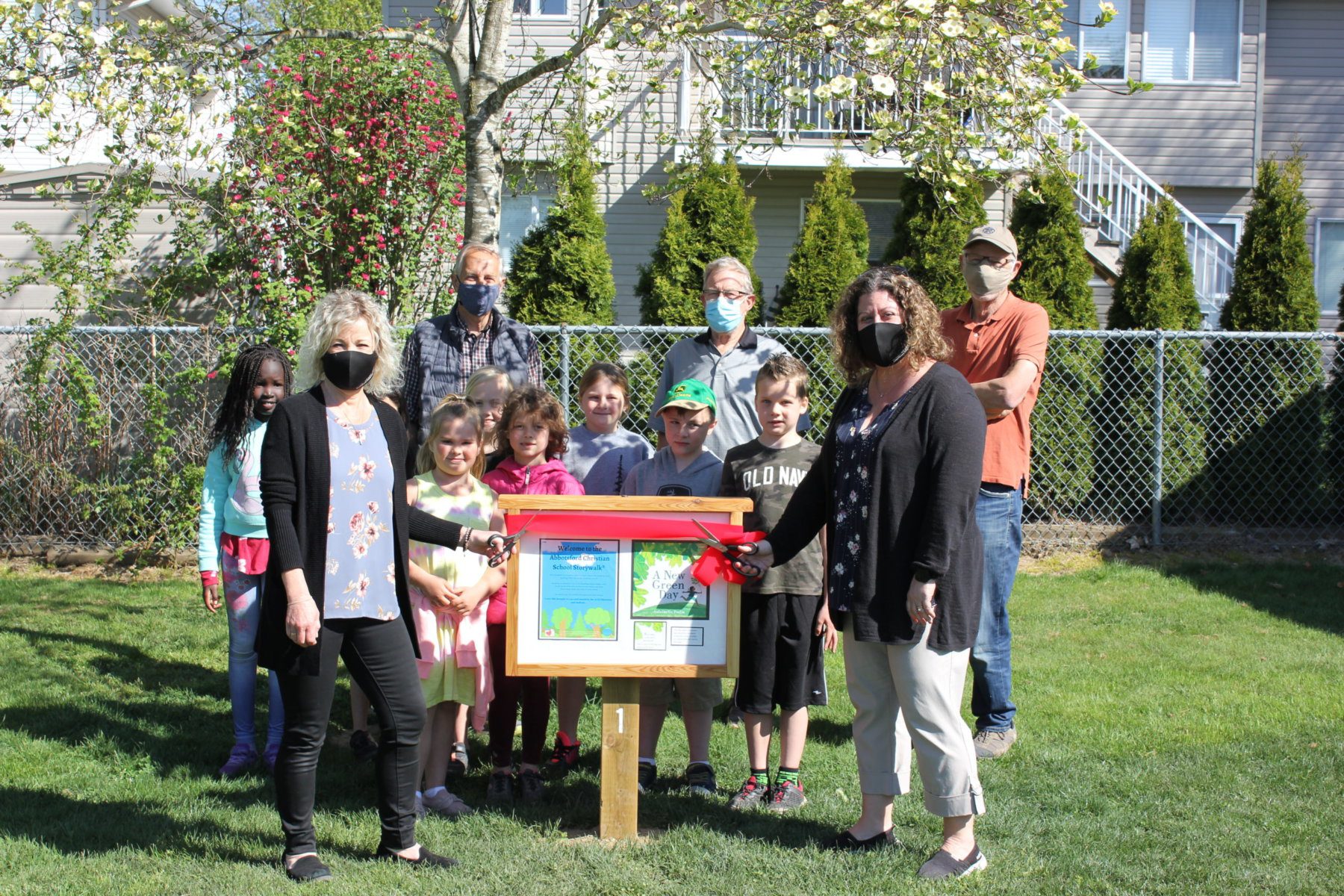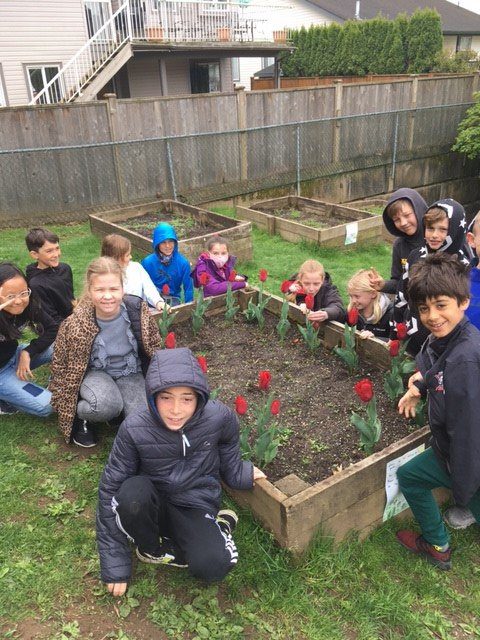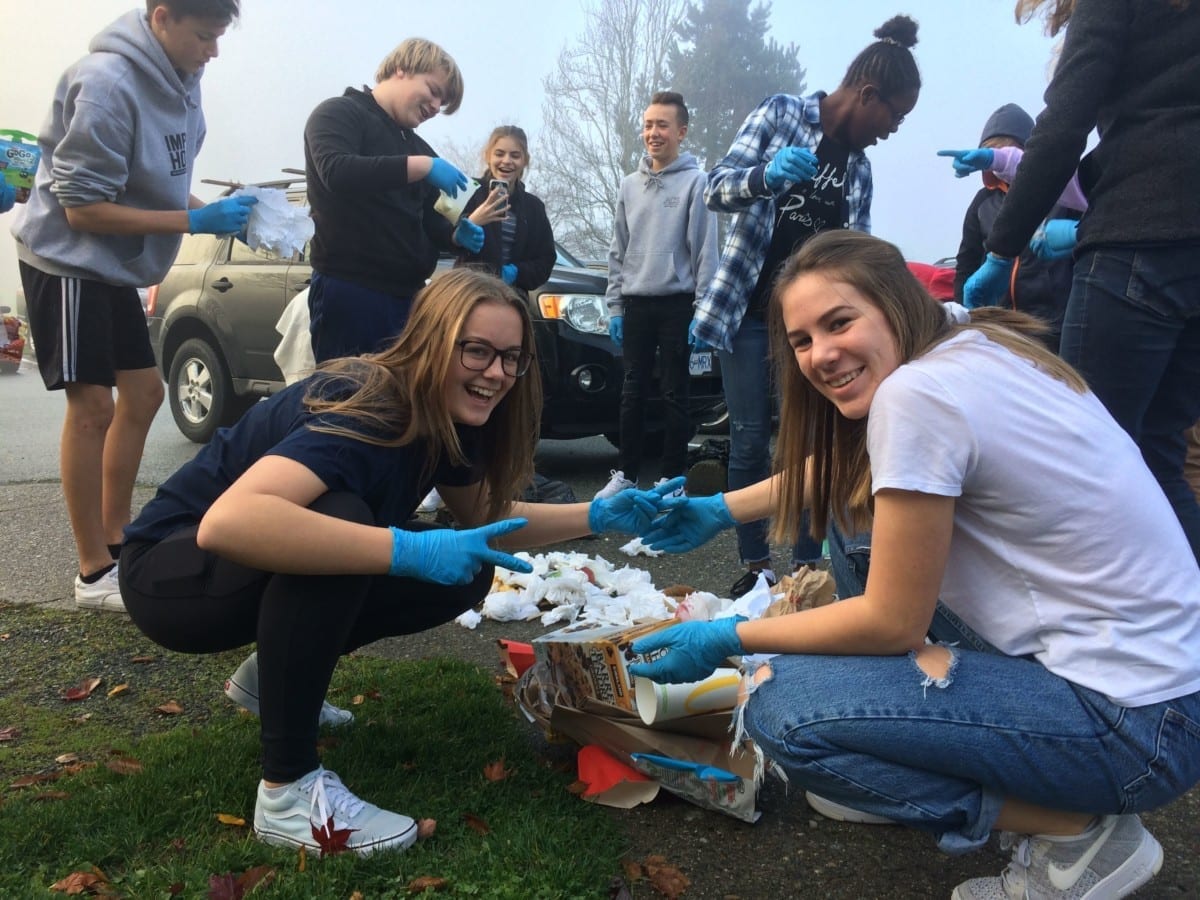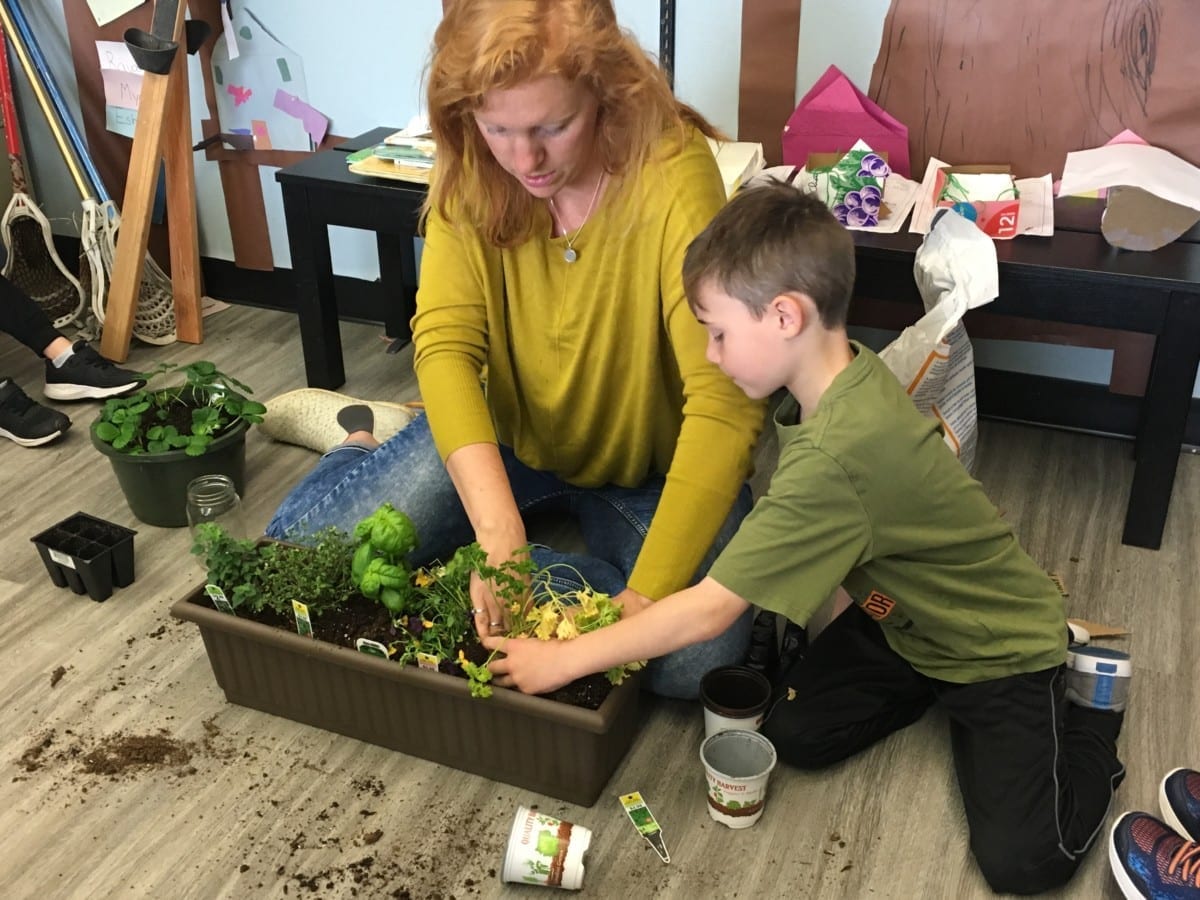We believe that today’s students need significantly more than lectures and tests to be able to change the world tomorrow.
THERE ARE MANY WAYS to educate students, but we believe one of the most effective ways is through project-based learning (PBL). Our teachers use PBL to engage students, make their learning relevant, and prepare them for the real world. It is real work, with a real need, for a real audience. Like designing AND launching a small business; or finding a way to help the local declining bee population. These projects engage students on a level that helps them become producers and not just consumers! They learn practical skills while actually making a difference.

PBL Project Portfolio
Take a closer look at some of our best projects completed by ACS students below, or view & filter them all here.
Small Business Design
DRIVING QUESTION: How can I design a small business that has the potential for financial success in 2023 and beyond?
Pop-Up Shop
DRIVING QUESTION: Why do people buy stuff?
Give Bees A Chance
DRIVING QUESTION: What would the world be like without bees? What can we do to help the declining bee population?
Everyone Can Play
DRIVING QUESTION: How can sport be adapted to include more people of varying abilities?
Abbotsford Christian School Storywalk
DRIVING QUESTION: How will we design and install a Storywalk® that encourages children to read in our school’s neighbourhood?
Honouring Stories
DRIVING QUESTION: How can we amplify and celebrate the voices of marginalized communities in Canada?
8 key elements of PBL
If you’re new to the concept of PBL, continue reading for a crash course on what it entails!
1. Focus on Significant Content
At its core, PBL projects are focused on teaching students important knowledge and skills, based on key concepts at the heart of academic subjects.
2. Develop 21st Century Competencies
Students build competencies valuable for today’s world, such as critical thinking/problem solving, collaboration, communication, and creativity/innovation.
3. Organize Tasks Around a Driving Question
Project work is focused by an open-ended question that students understand and find intriguing, which captures their task or frames their exploration.
4. Engage Students in In-Depth Inquiry
Students are engaged in a rigorous, extended process of asking questions, using resources, and developing answers.
5. Establish a Need to Know
Students see the need to gain knowledge, understand concepts, and apply skills in order to answer the Driving Question and create project products.
6. Encourage Voice and Choice
Students are allowed to make some choices about the products to be created, how they work, and how they use their time, guided by the teacher.
7. Incorporate Critique and Revision
The project includes processes for students to give and receive feedback on the quality of their work, leading them to make revisions and conduct further inquiry.
8. Include a Public Audience
Students present their work to other people, beyond their classmates and teacher.
